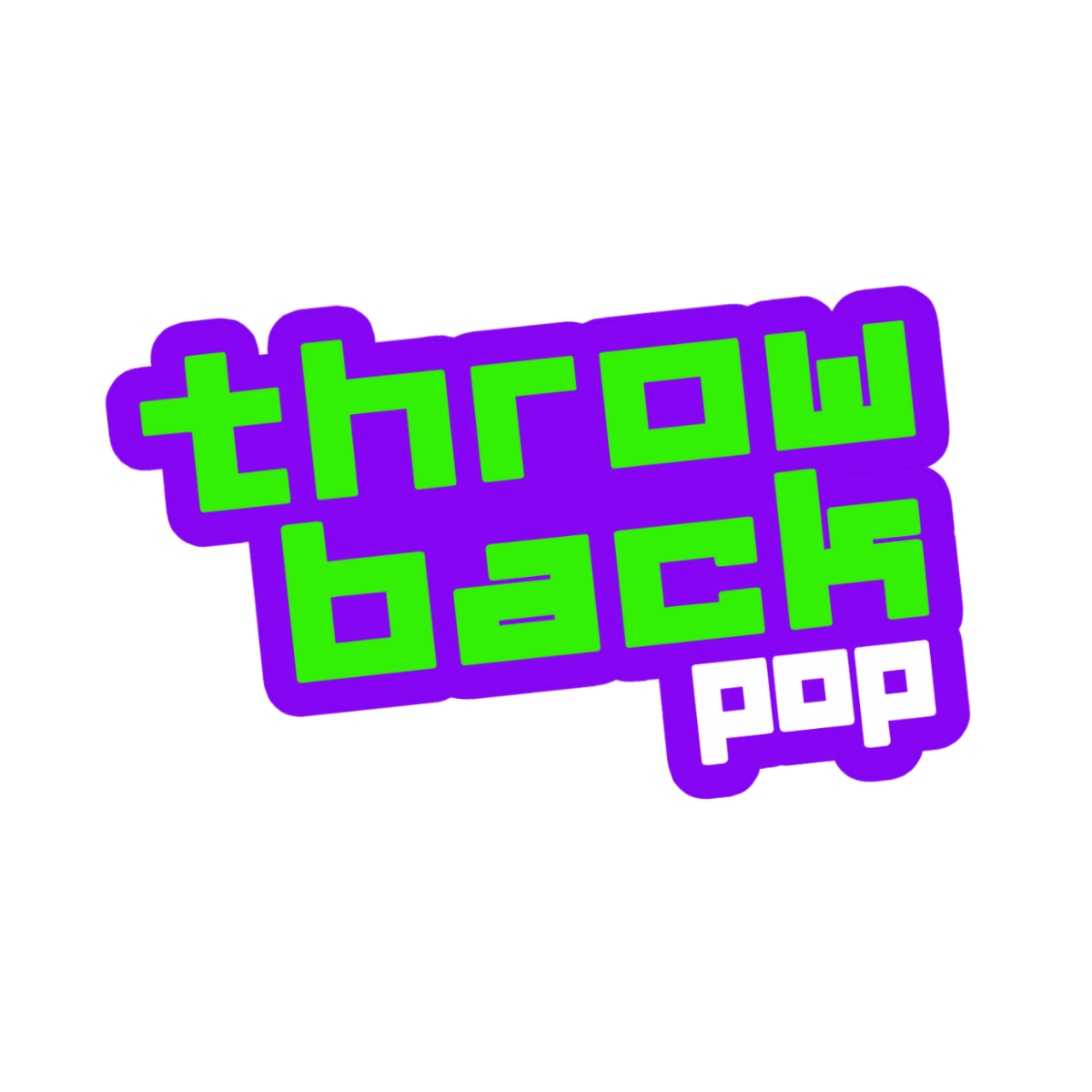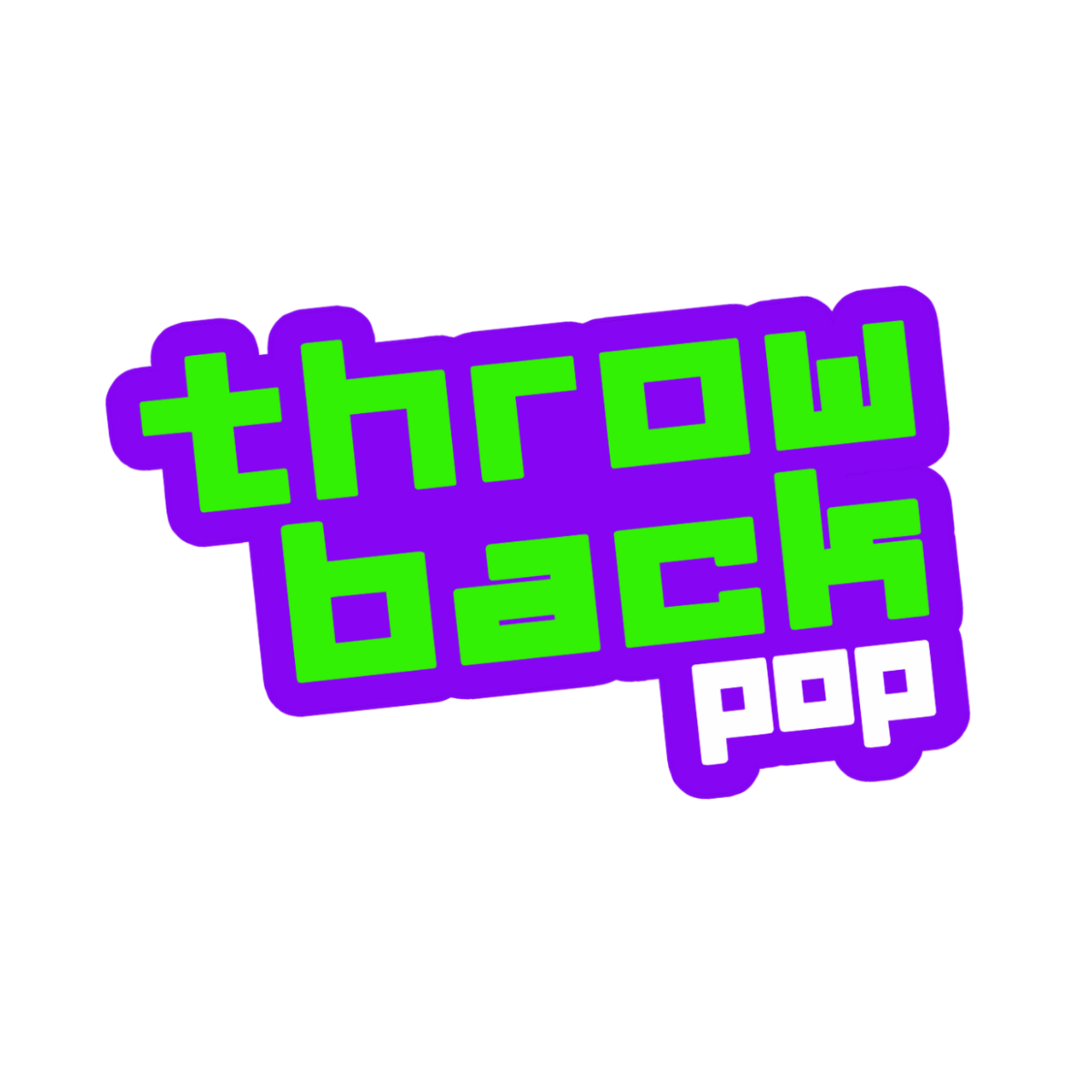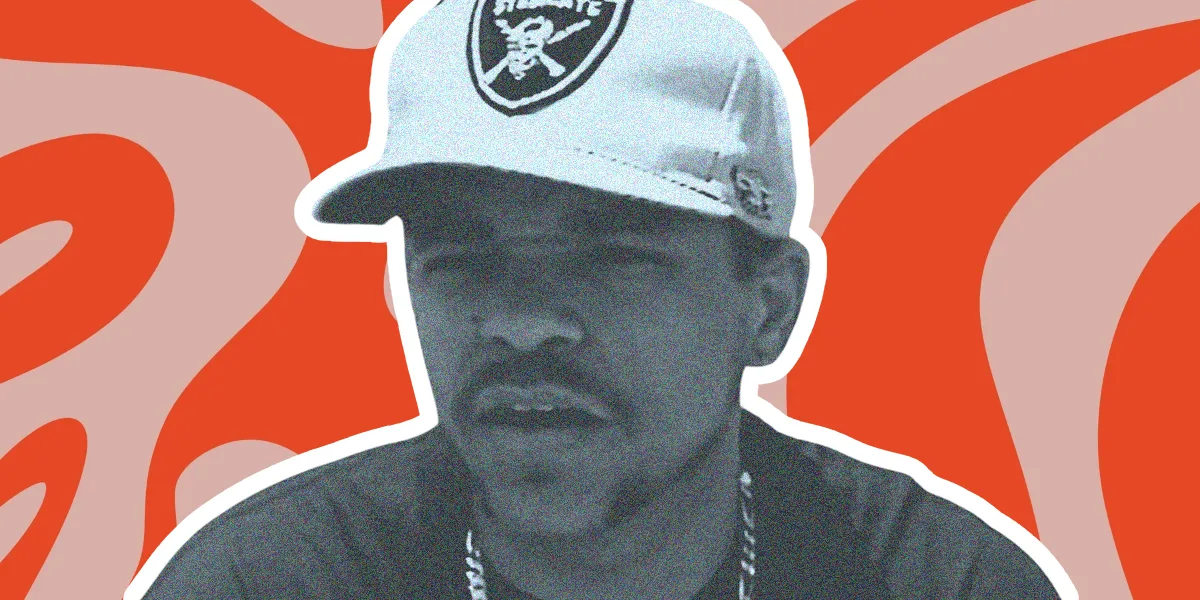In the summer of 1991, a groundbreaking music festival emerged, bringing together alternative, punk, and eclectic music genres in a traveling showcase. Lollapalooza, conceived by Jane’s Addiction frontman Perry Farrell, set the stage for a new era in music festivals.
The inaugural lineup, which featured an impressive array of diverse and influential artists, marked the beginning of a cultural phenomenon that would shape the music landscape for years to come.
If you ask anyone who attended the first-ever Lollapalooza, they’ll tell you that the entire festival was jam-packed with can’t-miss bands. It was a highlight for those growing up in “the MTV Generation.”
It’s important to remember that Lollapalooza was not just a music festival. It was a cultural celebration that blended music, art, and activism. Farrell envisioned a unique touring festival that would break away from the conventional concert experience.
The first Lollapalooza took place in the summer of 1991. It kicked off in Chandler, Arizona, on July 18th and ended on August 1st in St. Paul, Minnesota.
The First Lollapalooza Lineup From 1991
The inaugural Lollapalooza lineup was a testament to the festival’s commitment to diversity and innovation. Headlined by Jane’s Addiction, the band led by Farrell himself, the roster featured an eclectic mix of alternative and punk acts that captured the spirit of the era.
The diverse lineup included:
Jane’s Addiction
The driving force behind Lollapalooza. Jane’s Addiction brought their alternative rock sound to the forefront, captivating audiences with their dynamic performances.
Siouxsie and the Banshees
The influential post-punk band fronted by Siouxsie Sioux added a touch of gothic flair to the festival. Each show they showcased their iconic sound.
Nine Inch Nails
Trent Reznor’s industrial rock project, Nine Inch Nails, brought raw and intense energy to the stage. The band left a lasting impact on the festival and the music industry.
Living Colour
This Grammy-winning rock band, known for their fusion of rock, funk, and soul, delivered a powerful and socially conscious performance.
Ice-T & Body Count
The legendary rapper and actor Ice-T brought hip-hop to the Lollapalooza stage. His band, Body Count, broke down genre barriers and expanded the festival’s musical spectrum.
Butthole Surfers
The experimental and psychedelic rock band provided an unpredictable and visually captivating performance, embodying Lollapalooza’s spirit of nonconformity.
Rollins Band
Fronted by punk icon Henry Rollins, the Rollins Band brought their aggressive and intense punk rock sound to the festival, leaving a lasting impression on attendees.
The success of the first Lollapalooza lineup in 1991 laid the foundation for the festival’s enduring legacy. It not only introduced a new model for touring festivals but also showcased the power of diverse musical experiences. Lollapalooza became a platform for artists to experiment, connect with fans, and promote social and environmental causes.
As we reflect on the first Lollapalooza lineup from 1991, it’s evident that the festival was more than just a collection of performances. It was a cultural movement that changed the way we experience live music.
The diverse and groundbreaking lineup set the stage for subsequent Lollapalooza festivals, solidifying its place in music history and leaving an indelible mark on the hearts and minds of fans around the world.


